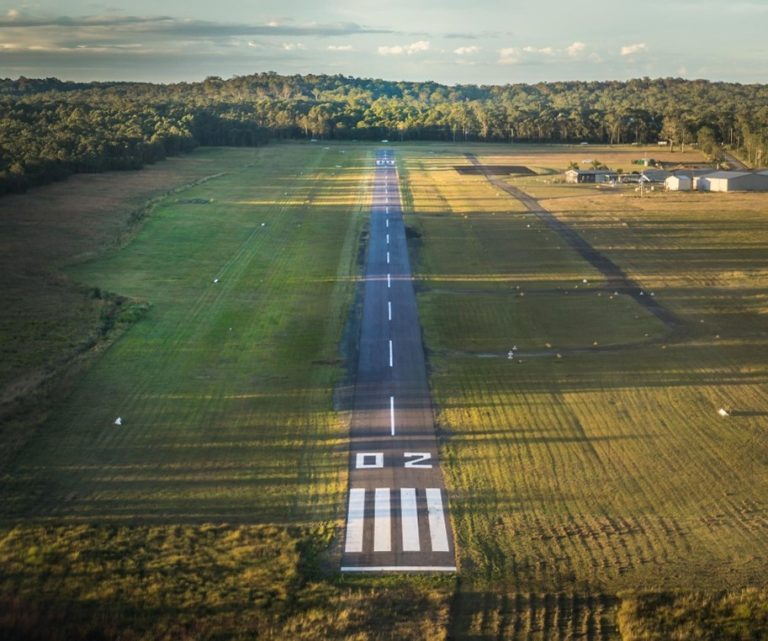Warnervale Airport began operations in 1973 thanks to the foresight of a few local pilots and aviation enthusiasts who, given the lack of suitable airfields on the Central Coast, negotiated with Wyong Shire Council and other stakeholders to establish a landing area suitable for light aircraft on the Central Coast. Following the end of WWII, multiple airfields that had been constructed for emergency and training use during war time (Tuggerah, Bateau Bay, Woy Woy) were given over to non-aviation related uses and development, leaving only a handful of private, unimproved fields, including the Parry’s Airfield site to the east of Wyong Racecourse which had a reputation for prolonged periods of flooding.
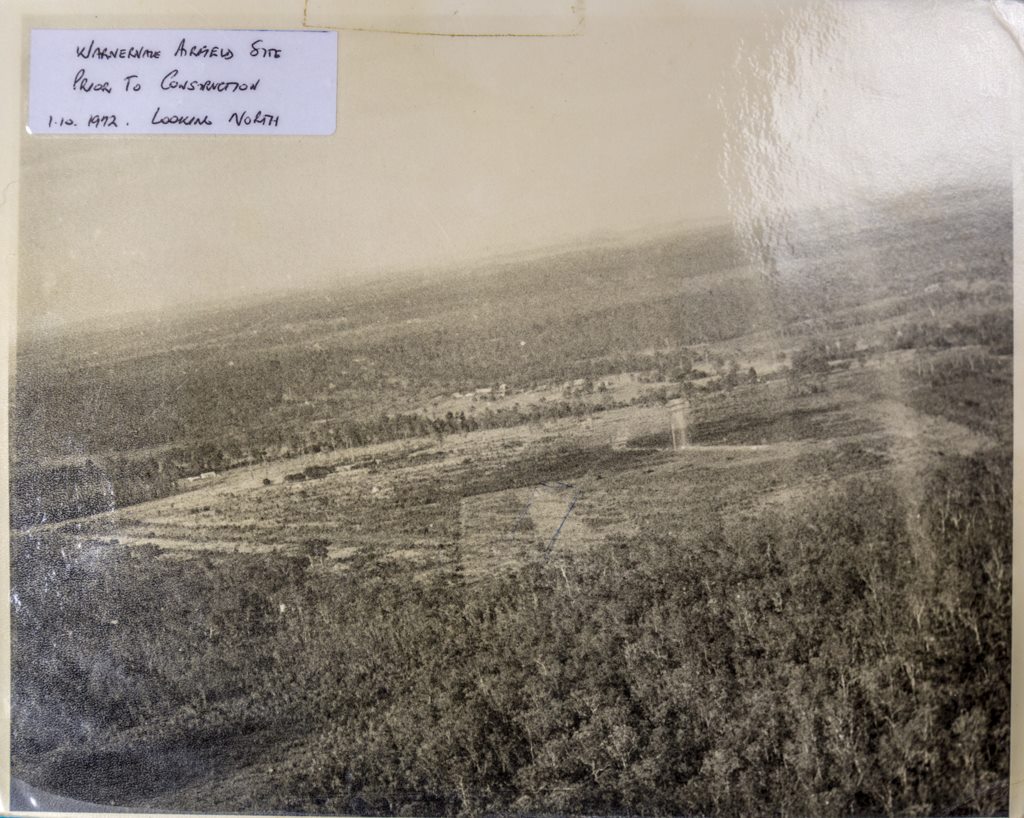
After some consideration, an area to the north of the Porters Creek wetland was deemed acceptable, and a parcel of land was leased and later purchased from a local farmer, Arch Duffy. This area itself did not provide enough space for the desired length of runway, and so informal arrangements were made with other landowners surrounding the site to clear enough space to allow the construction of a modest runway of about 1000 metres in length. The members of what had now become known as the Central Coast Aero Club petitioned the Wyong Shire Council to rezone the land for aerodrome use (the land at the time having been zoned “rural” and used for dairy farming). Considering possible future noise abatement issues, the Council slated the future zoning as “light industrial”. One of the members key to the success of this plan, Jack Grant, lent his name to the road that still services the airfield to this day.
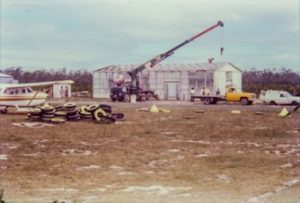
The airfield site was cleared and constructed by the early Aero Club members, voluntarily, at no cost to the Central Coast Council or its community. The first landing conducted at the newly prepared airfield was a humble Cessna 150, VH-GIL.
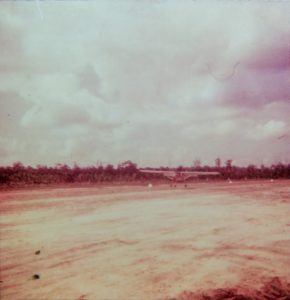
The airport continued to be improved and operated by the Aero Club, including the start of flight training operations in 1975. On 30th September 1979, the Central Coast Aero Club held its first public airshow to great public reception, allowing the Club to generate funds for continued development of the site. Continuing into the 1980’s, the Club developed classrooms and aircraft hangars, all from volunteer and membership funds (that is to say, at no cost to the council or ratepayers).
In the mid-1980’s, Wyong Shire Council abandoned its existing support for the Parry’s Airfield site and instead entered into negotiations with the Aero Club to begin support in earnest for the future planning and development of the Warnervale site. The resulting deal, a “land-swap”, saw the Aero Club trade land assets on the western side of the runway, along with land comprising the middle third of the runway, with the Council in exchange for land surrounding the Aero Club buildings. The result of this swap saw the entire length of the runway placed in the hands of the Council, who promptly carried out sealing works to the existing runway as well as the installation of power and water facilities to the site. A further condition of the swap was that the Aero Club would be responsible for the continued management and maintenance of the runway and associated infrastructure; any routine maintenance costs were funded by the Aero Club – again a no cost to Council. Council was responsible only for capital upgrade works such as substantial runway and/or taxiway works.
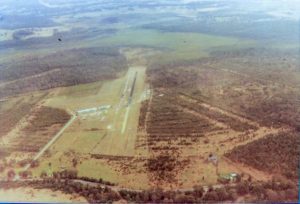
In the late 1980’s and early 1990’s, several proposals were brought forward for the development of Warnervale airport, including a 1993 master plan which proposed the extension of the runway to cater for regular passenger services (think Q-Link, Rex, etc.) and a 24-hour freight hub. Opposition to these proposals culminated in political intervention with the establishment of the Warnervale Airport Restriction Act 1996 (WAR Act) in NSW State Parliament. The WAR Act essentially allowed operations to continue at Warnervale Airport unaffected, however should the runway specifications change at any time (such as an extension to allow expanded operations) then the legislation would “activate” and impose significant limitations on airport operations. Essentially, the legislation curtailed the ability for Wyong Shire Council to develop the airport site beyond its existing state. In 2016 Council were found to have breached this requirement by performing some maintenance works on the runway, and there was a fear that the limitations in the Act may be triggered, which would make the site almost unusable. This culminated in the State Government agreeing to repeal the WAR Act completely – freeing up the site to operate to its full capability.
The arrangements between the Aero Club and Council (re: runway ownership and maintenance responsibilities) continued unchanged until 2015 when management and maintenance responsibilities were transferred to Council staff.
Today, the Aero Club, which won the prestigious CASA Wings award for National Aero Club of the Year in 2022, remains on the site it was first established, just to the east of the runway, and flight training continues as it has done since 1975. The only significant airfield between Sydney and Newcastle, Warnervale continues to provide an aviation presence on the Central Coast and sees numerous firefighting, medivac, and other community service flights each year.
Council has recently resolved to commence work on developing a masterplan to ensure the proper management of the site and sensible aviation related growth within its current footprint.
